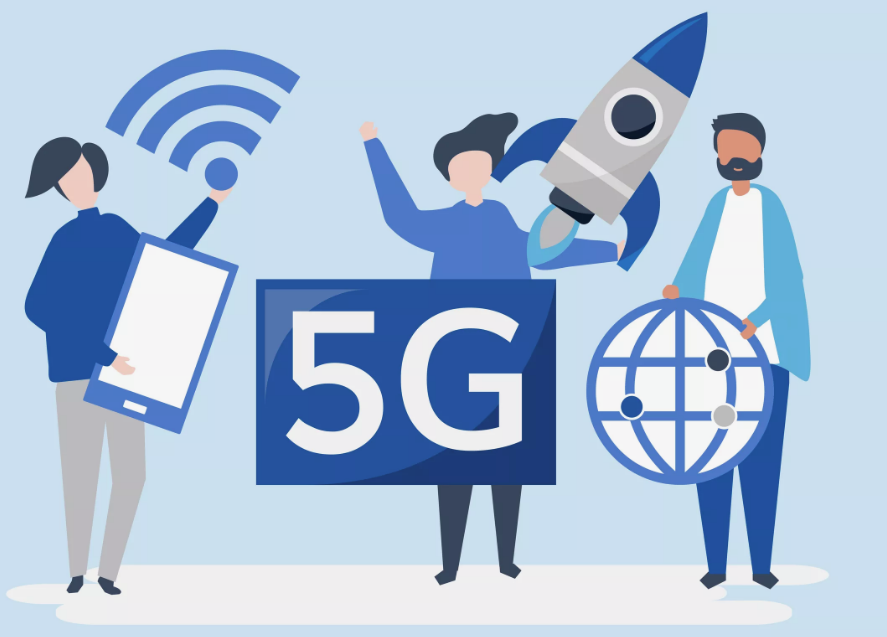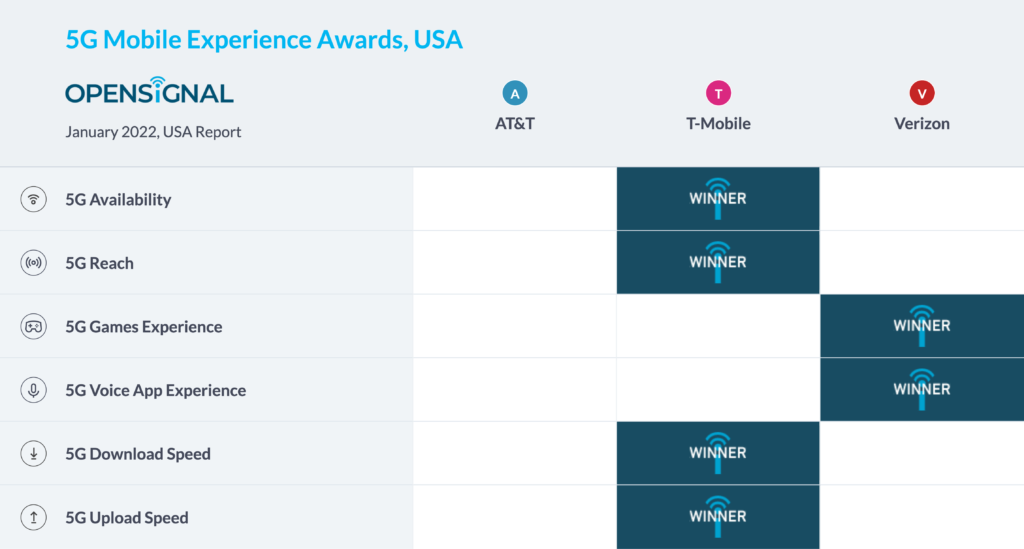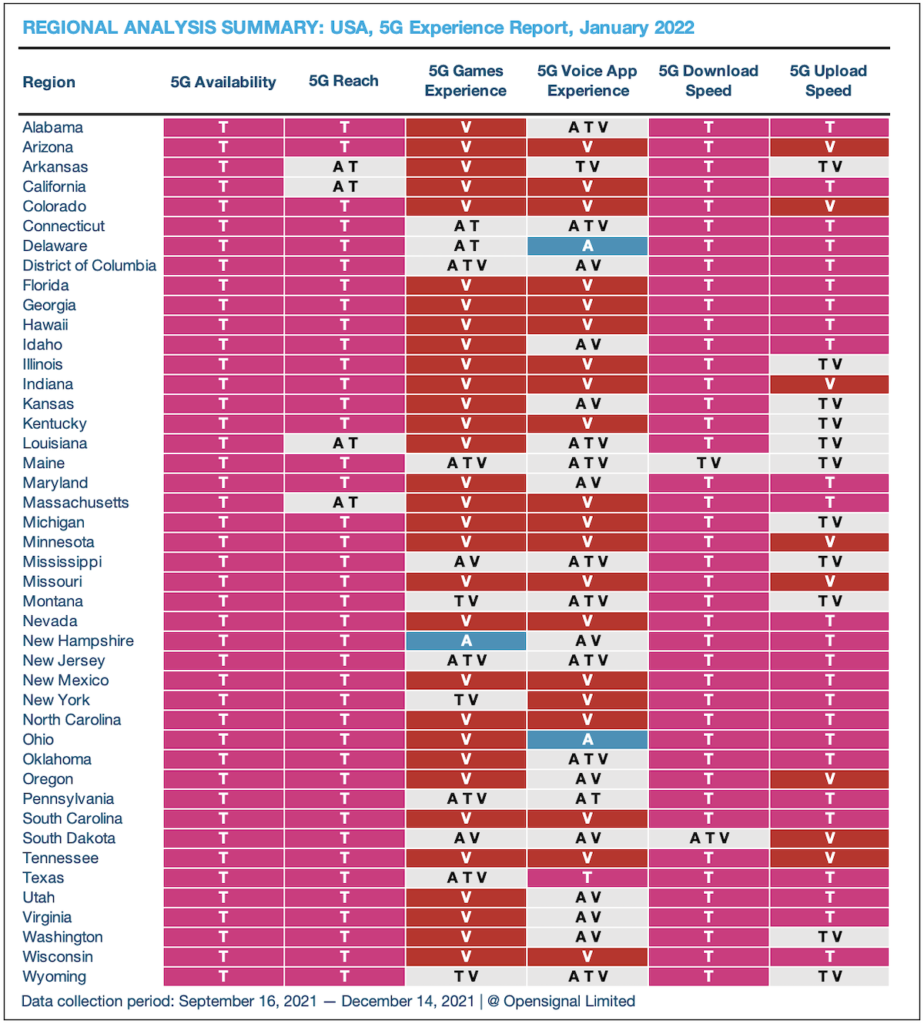RootMetrics just released its report that measures overall network experience and performance for the most popular cellular networks in North America.
Test results were based on the second half of 2022 and cover all network technologies (5G, 4G LTE, and any sub-4G technology). The report also looks at the newest C-Band 5G performance for AT&T and Verizon. The test space for the report consists of the entirety of the United States, which includes 125 of the country’s most populated metropolitan markets (as defined by the United States Census Bureau’s Census Urbanized Areas [CUAs].
The report noted a few important points to take away regarding the three top cellular networks: AT&T, Verizon, and T-Mobile.
2022 RootMetrics Report Highlights for AT&T
AT&T won five national awards, including the U.S. Overall Performance RootScore Award. AT&T was also recognized within the Reliability, Speed, Data and Call categories. AT&T tied with Verizon for first in the Text category. Additionally, AT&T also took home the most State RootScore Awards. Its results in major cities were strong, but it came in second to Verizon. AT&T shows 5G speed gains in 70 C-Band markets. Overall, AT&T has clearly made some improvements, both in LTE and 5G.
2022 RootMetrics Report Highlights for T-Mobile
Compared with its competitors, T-Mobile’s results showed great speeds. It took home 88 Speed RootScore Score Awards, which were higher than those of AT&T (59) or Verizon (71).
Out of all carriers, T-Mobile’s overall median download speeds measured above 50 Mbps in the most cities. T-Mobile was also the only carrier that posted median download speeds above 200 Mbps. These speeds were achieved in 59 markets.
Even more impressive is how in 32 of those cities, T-Mobile recorded median download speeds above 300 Mbps; additionally, it acheived 400 Mbps speeds in one city (Fort Wayne, Indiana). Overall, the carrier delivered the Fastest 5G and the Best Overall 5G Experience in the U.S. for the third time. It was recognized for its top 5G availability four years in a row.
2022 RootMetrics Report Highlights for Verizon
Verizon took home the most awards out of any carrier in major metropolitan markets — a total of 747 awards out of 875 total opportunities. This was a representation of roughly 85% of all possible network awards. Verizon demonstrated the best 5G reliability out of all cellular carriers and earned the second most state-level awards. Verizon showed improved speeds, including 5G C-Band speed increases: RootMetrics’ tests recorded Verizon’s C-Band in 102 of its 123 cities with 5G. Further, the carrier’s 5G speeds improved in nearly 90 of these markets since 1H 2022. Outstanding Verizon reliability has also been seen in major metros, compared to 1H 2022.











